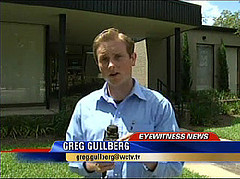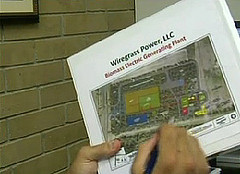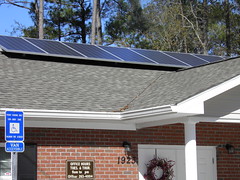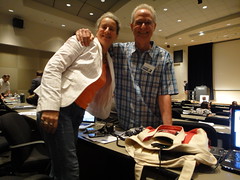The same Masayoshi Son who shook up Japan’s Internet market and is about to do the same in the U.S. is moving to modify Japan’s power market from nuclear to solar. Watch out, Georgia Power and Southern Company! If you don’t get a move on, Son-san will eat your lunch, too.
Mariko Yasu wrote for Bloomberg Businessweek 23 June 2011, Softbank’s CEO Wants a Solar-Powered Japan,
Billionaire Masayoshi Son made a fortune taking on Japan’s phone monopoly. Now he aims to shake up its power utilities after the worst nuclear crisis in 25 years. The 53-year-old chief executive officer of Softbank says he will build solar farms to generate electricity, with support from at least 33 of Japan’s 47 prefectures. He’s asking for access to transmission networks owned by the 10 regional utilities and an agreement that they buy his electricity. No other company has secured unlimited access to the those transmission networks. The utilities would not comment. Japan’s main business organization, the Keidanren, called for “careful analysis” before any drastic change in the power system took place.
If Japan ever felt ready to back Son’s ambitious plan, this is the moment. Radiation has spread across at least 600 square kilometers (230 square miles) in the northeast since the Mar. 11 earthquake and tsunami led to meltdowns at the Fukushima Dai-Ichi nuclear plant. Outgoing Prime Minister Naoto Kan said in May he will rethink a plan to increase atomic power to 50 percent of the nation’s energy output from 30 percent. Renewable energy already accounts for 10 percent, according to Japan’s Agency for Natural Resources and Energy. Son wants to see that tripled by 2020. “The question is how this nation is going to survive after cutting nuclear power,” he said at a government panel meeting on June 12.
Complacent Georgia Power and SO, you maybe don’t think he can do it? NTT probably thought that, too:
Continue reading






.jpg)











